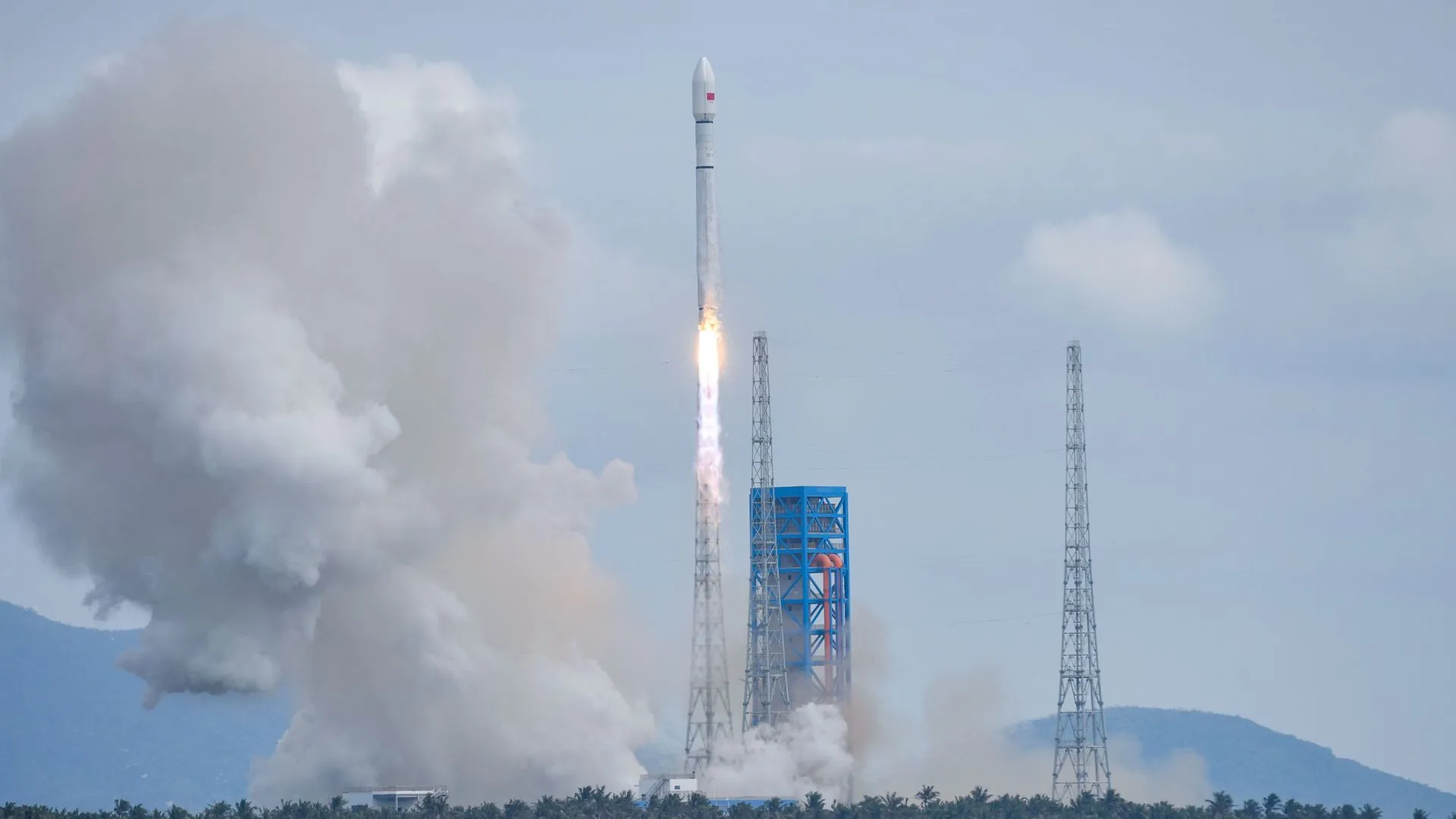Copyright Interesting Engineering

China’s private rocket maker Galactic Energy suffered a setback after its Ceres-1 rocket failed during launch on Monday, resulting in the loss of three satellites. The malfunction occurred during the fourth stage of the flight, cutting short what had been a routine mission until that point. The Ceres-1 rocket lifted off at 12:02 pm Beijing time (0402 GMT) from the Jiuquan Satellite Launch Center in the Inner Mongolia autonomous region. According to the company, the rocket “worked normally until its fourth stage malfunctioned and shut down the engine too early.” Galactic Energy stated that engineers are investigating the cause of the failure, as reported by China Daily. This was the 22nd flight of the Ceres-1 model and only its second failure. The rocket had previously achieved 20 successful missions, delivering 85 commercial satellites into orbit. The company confirmed that “510 seconds after the fourth stage ignition, the rocket shut down prematurely due to an anomaly, failing to deliver the satellite into orbit. The launch mission was a failure.” The Ceres-1 is a four-stage, solid-fuel rocket standing about 20 meters tall with a 1.4-meter diameter. It weighs around 33 metric tons at liftoff and can carry up to 350 kilograms of payload into low-Earth orbit. It is designed for small satellite launches and has been a key asset in China’s growing commercial space sector. Consecutive launches mark busy weekend The failed mission followed a successful launch by the state-owned Shanghai Academy of Spaceflight Technology (SAST) earlier on Sunday. A Long March 12 rocket lifted off at 9:41 pm Eastern (0241 GMT, November 10) from the Hainan commercial spaceport, carrying the 13th batch of satellites for China’s national Guowang megaconstellation. The Guowang network, led by China SatNet, aims to deploy nearly 13,000 satellites in low Earth orbit as a counterpart to SpaceX’s Starlink constellation. The latest Long March 12 mission was the rocket’s third overall and the second to support Guowang. China did not specify the number of satellites launched this time, but earlier missions carried nine satellites each, bringing the total in orbit to more than 100. China plans to have 400 Guowang satellites operational by 2027, with the system designed for both commercial and strategic communications applications. The satellites have been built by the China Academy of Space Technology (CAST), the Shanghai Engineering Center for Microsatellites, and the private firm GalaxySpace. Galactic Energy eyes next launch Despite the failure, Galactic Energy continues to expand its commercial launch portfolio. The company is preparing for the debut flight of the larger Ceres-2 solid rocket, with indications of a launch attempt around November 15. Earlier this month, Galactic Energy also completed a successful fire test of the first stage of its Pallas-1 liquid-fueled rocket at Haiyang. In September, the company raised $336 million to fund the Ceres and Pallas rocket programs, marking one of the largest funding rounds for a private Chinese launch firm. Sunday’s missions marked China’s 71st and 72nd orbital launch attempts of 2025, with the Ceres-1 failure being only the second of the year. The country has already broken its annual launch record, with nearly two months left in the calendar year.



